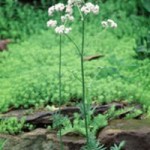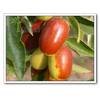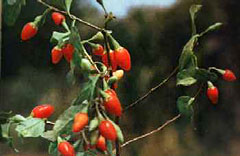 Have you tried goji berries yet? Before you could only find them at Asian grocery stores and China town. Now Whole Foods and health food stores everywhere are carrying them.
Have you tried goji berries yet? Before you could only find them at Asian grocery stores and China town. Now Whole Foods and health food stores everywhere are carrying them.
Goji berries have been used in Traditional Chinese Medicine for more than 2500 years. Sometimes they are also labeled as Lycium or Wolfberry. Goji berries make a great snack that provide quick energy. They have been used as a blood tonic herb in Chinese herbal medicine for this reason. This is exactly why we included them in our Energy Booster Herb Pack.
They look a little like a dried raisin, but smaller and red in color. Often selling for about $15.00 for half pound, they are NOT cheap! But the health benefits of this Chinese herb are more than worth their weight.
The value in these little berries has been demonstrated in hundreds of studies. One of the most recent studies done in the U.S. on goji berries found they can increase your metabolic rate and reduce body weight. So, if you're looking for a healthy snack food or a boost of energy, goji's are a great choice.
_________________
References:
http://cms.herbalgram.org/herbclip/440/121151-440.html
J Am Coll Nutr. 2011;30(5):304-309.


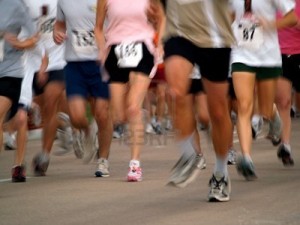 Do you have enough energy to stay ahead of the game?
Do you have enough energy to stay ahead of the game? 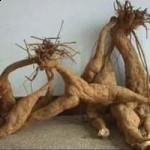
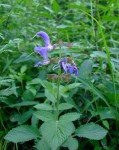 New evidence now exists about the Chinese herb, Salvia Miltiorrhiza. This herb has been used for thousands of years and has been praised for its benefits for cardiovascular disease. The latest study on Salvia Miltiorrhiza indicates that this Chinese herb can also be beneficial to those suffering with osteoporosis, a thinning of the bones or loss of bone density over time.
New evidence now exists about the Chinese herb, Salvia Miltiorrhiza. This herb has been used for thousands of years and has been praised for its benefits for cardiovascular disease. The latest study on Salvia Miltiorrhiza indicates that this Chinese herb can also be beneficial to those suffering with osteoporosis, a thinning of the bones or loss of bone density over time.
